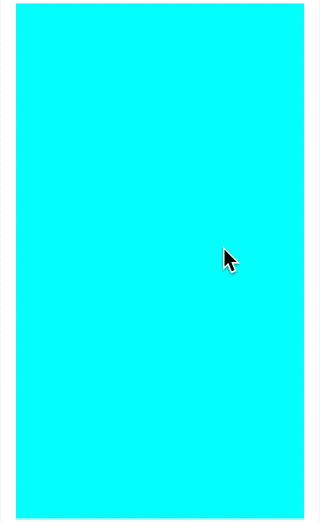The solution to simultaneously handling the scroll view and the table view revolves around the UIScrollViewDelegate. Therefore, have your view controller conform to that protocol:
class ViewController: UIViewController, UIScrollViewDelegate {
I’ll represent the scroll view and table view as outlets:
@IBOutlet weak var scrollView: UIScrollView!
@IBOutlet weak var tableView: UITableView!
We’ll also need to track the height of the scroll view content as well as the screen height. You’ll see why later.
let screenHeight = UIScreen.mainScreen().bounds.height
let scrollViewContentHeight = 1200 as CGFloat
A little configuration is needed in viewDidLoad::
override func viewDidLoad() {
super.viewDidLoad()
scrollView.contentSize = CGSizeMake(scrollViewContentWidth, scrollViewContentHeight)
scrollView.delegate = self
tableView.delegate = self
scrollView.bounces = false
tableView.bounces = false
tableView.scrollEnabled = false
}
where I’ve turned off bouncing to keep things simple. The key settings are the delegates for the scroll view and the table view and having the table view scrolling being turned off at first.
These are necessary so that the scrollViewDidScroll: delegate method can handle reaching the bottom of the scroll view and reaching the top of the table view. Here is that method:
func scrollViewDidScroll(scrollView: UIScrollView) {
let yOffset = scrollView.contentOffset.y
if scrollView == self.scrollView {
if yOffset >= scrollViewContentHeight - screenHeight {
scrollView.scrollEnabled = false
tableView.scrollEnabled = true
}
}
if scrollView == self.tableView {
if yOffset <= 0 {
self.scrollView.scrollEnabled = true
self.tableView.scrollEnabled = false
}
}
}
What the delegate method is doing is detecting when the scroll view has reached its bottom. When that has happened the table view can be scrolled. It is also detecting when the table view reaches the top where the scroll view is re-enabled.
I created a GIF to demonstrate the results:

与恶龙缠斗过久,自身亦成为恶龙;凝视深渊过久,深渊将回以凝视…
